
Archive
2,434 posts

The spectrum of crop species grown within Switzerland as well as their agricultural performance is changing over time. Traditionally, cereal, horticultural and forage production play a major role in Swiss agriculture, and it is crucial to maintain the productivity of these crops under future socio-economic and environmental conditions. However, to focus on only these economically…
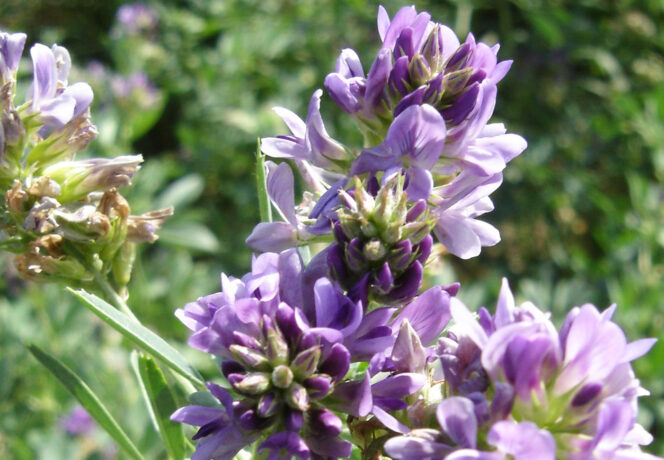
Alfalfa variety trials (2011-2013)
From 2011 through 2013, 36 varieties of alfalfa (Medicago sativa L.) were examined in comparative variety trials at five experimental sites. All varieties were grown in pure stands and in mixture with gramineous plants. The parameters assessed were dry matter yield, juvenile development, regrowth speed, general impression, stem thickness, competitive ability, persistence, digestibility of organic…

Full-Cost calculations for contract work
Based on eight farms and 30 observations of farm enterprises, the revenues for seven categories of contract employment in the outdoor-work sector such as Plant Production, Transport/Logistics and Winter Road Clearance are compared to the full costs in order to determine their cost-efficiency. Except for bale-pressing, labour utilisation (i.e. the resultant hourly wage) significantly exceeding…

The potential of agriculture in the Gotthard Region
The production and marketing of regional speciality foods offers considerable potential for the development of rural areas. This potential was demonstrated by a study which the School of Agricultural, Forest and Food Sciences carried out in the Gotthard Region and was supported by a review of the pertinent literature. Results of the study showed that…

Who buys organic foods in Switzerland?
Over the past years, the Swiss market for organic foods has grown considerably. However, little is known about the factors that motivate consumers to purchase organic food products. Within the framework of this analysis, data from Swiss households on the consumption of organic foods were analysed descriptively and econometrically. The evaluation of these household data…

Determination of fatty acid composition in feed – analytical methods
This paper illustrates the importance of the analytical method for the determination of fatty acid composition in feed. In Switzerland, not only the lipid content but also the fatty acids profile are necessary to formulate a ration that will produce an optimum quality of fat in the pig carcass. Results of this study showed that…

The presence of experienced piglets does not promote the growth of newl weaned piglets
In a feeding trial the hypothesis was tested that the presence of experienced piglets facilitates the adaptation of newly weaned piglets to solid food. The 72 four-week-old piglets in the experimental group were mixed at weaning with 12 piglets which had been weaned one week earlier, whereas their 72 siblings in the control group were…


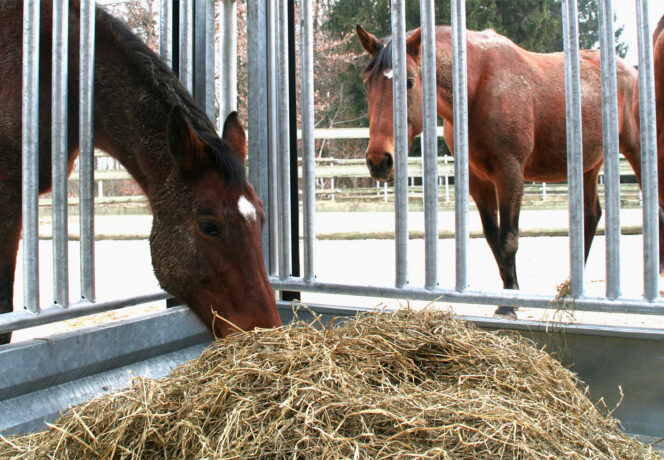
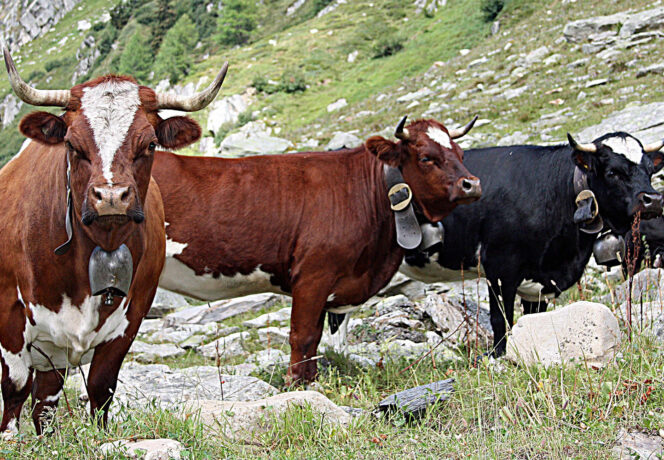

Impact of streptomycin applications on antibiotic resistance in apple orchards
The Federal Office for Agriculture (FOAG) authorized the use of streptomycin to fight fire blight under controlled conditions in 2008 with the provison that the development of antibiotic resistance in the treated plots is monitored. Agroscope in Wädenswil thus performed the first study to quantitatively analyze the influence of streptomycin use in agriculture on the…
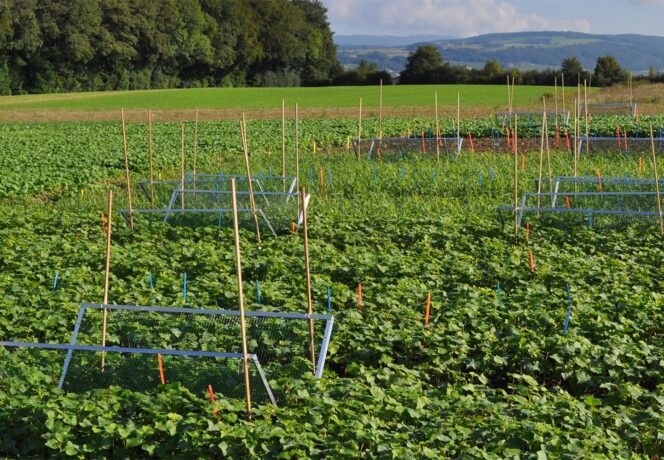
Weed suppression by cover crops: analyzing different factors
Cover crops represent an increasingly widespread agricultural technique in Switzerland as they provide different ecosystem services. One important role of cover crops is weed control, which can be explained by resource competition (for water, nutrients and light) and allelopathic effects (biochemical interactions between plants). To better understand the phenomenon of weed suppression by cover crops,…

The future of wheat breeding
Unlike the situation in the European Union, where wheat breeding is almost exclusively in the hands of the private sector, public breeding of disease-resistant wheat with high baking quality has a long-standing tradition in Switzerland. Important increases in yield potential are still possible here. After World War I, wheat yield in other European countries increased…

Variety and cultivation trials with winterhardy poppy
Poppy (Papaver somniferum L.) is a traditional field crop of Switzerland. During the Second World War, it was still grown on around 1300 ha with a view to the country becoming self-sufficient in cooking oil. Today, poppy is only grown in Switzerland on a few hectares. With the entry into force of the 2014–2017 agricultural…
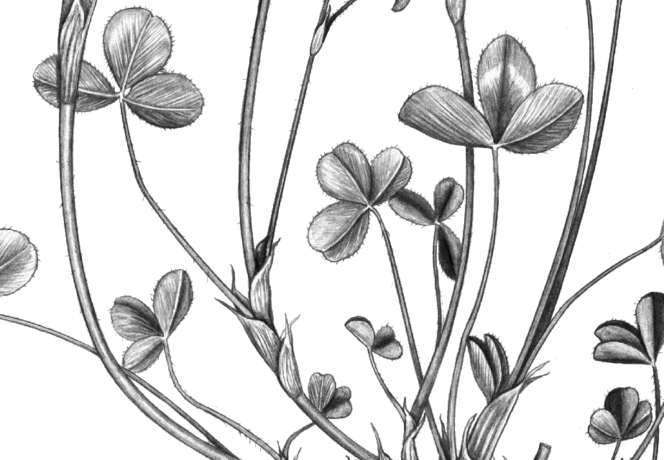
Substantial progress in variety testing with red clover
Agroscope noted significant breeding progress in the variety tests with 30 new cultivars and 24 already recommended varieties of red clover (Trifolium pratense L.) conducted at six locations from 2011 to 2013. Yield, vigour, juvenile development, resistance to leaf diseases, winter-hardiness and persistence were all evaluated. For the persistent varieties («Mattenklee» type), results allowing for…




Irrigation requirement and available water supply under changing climatic conditions: a regional deficit analysis
As the climate changes, the water requirement of agricultural crops tends to increase. This leads to a higher irrigation requirement. At the same time, water availability falls, since water levels in many catchment areas of the Swiss Central Plateau decline in the summer. In order to identify areas with an increased risk of water shortage,…

Dairy farms: why does Switzerland spend more on production than Norway?
Dairy production in Switzerland and Norway has a lot in common: a high price- and wage environment, difficult natural conditions and similar farm structures. A cost comparison using data from the International Farm Comparison Network (IFCN) shows that Swiss farms have higher production costs, however. Analysis of the cost positions pinpoints the differences mainly in…

How to optimize agricultural extension for a successful farm management?
Production costs play a key role in the competitiveness of agricultural enterprises. In the past, various actors in agricultural consultancy and education offered advanced training, but the number of participants remained below expectations. To investigate the reasons for this low participation and determine measures for improvement, the Opticost working group conducted semi-structured interviews with experts…

Wood ashes: a new fertilizer for Swiss agriculture
The use of wood ashes as potash fertilizer was tested on sunflower. The greenhouse experiment was conducted in Changins and used wood ashes provided by the wood power station Enerbois (Vaud). These ashes contained high amounts of Ca and K but also trace elements, particularly Cu, Zn and Ni. Results of the trial highlighted an…

Hybrid cereals are progressing
Low return on investment from breeding licenses has made breeding of self-fertilizing species like wheat and barley less attractive. However, for some decades, the variety types have been changing in Europe, because cytoplasmic male sterile systems of outcrossing species like maize, rape seed and rye exist for the production of affordable hybrid seeds, which have…

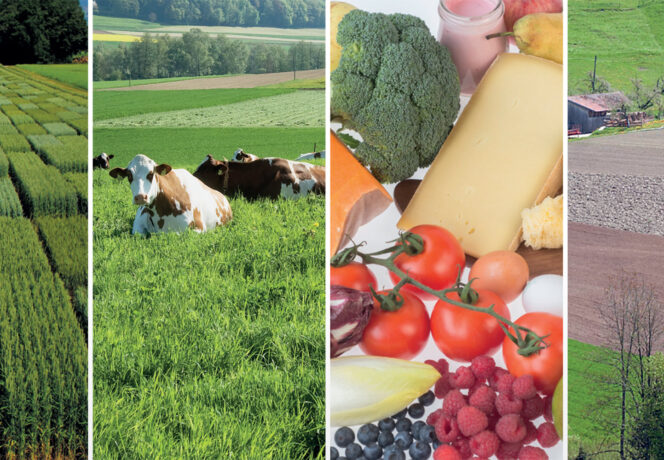


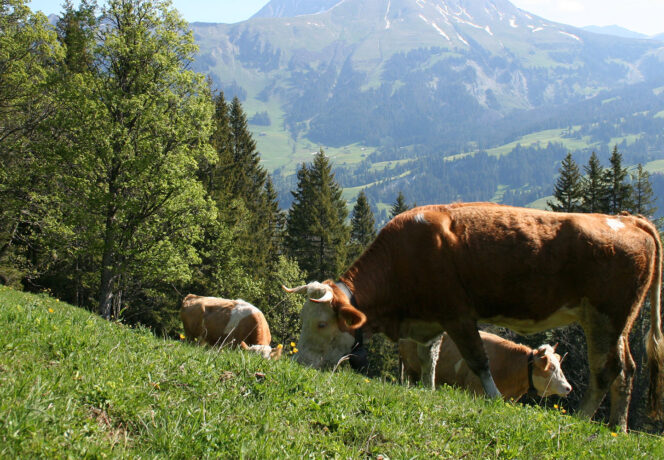

Forages in the light of NIRS
An insight into the determination of the chemical composition of forages via NIRS is presented. Predictive models developed at the Agroscope Institute for Livestock Sciences ILS show the typical values: R2 > 0.96 for dry matter (DM), crude protein (CP), ADForg, NDForg, crude fibre (CF), cellulose, ash, fat, sugar and starch content in hay and…